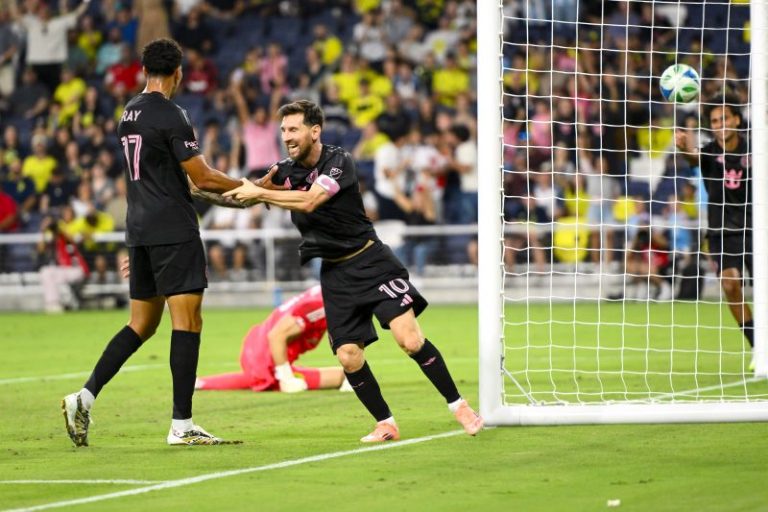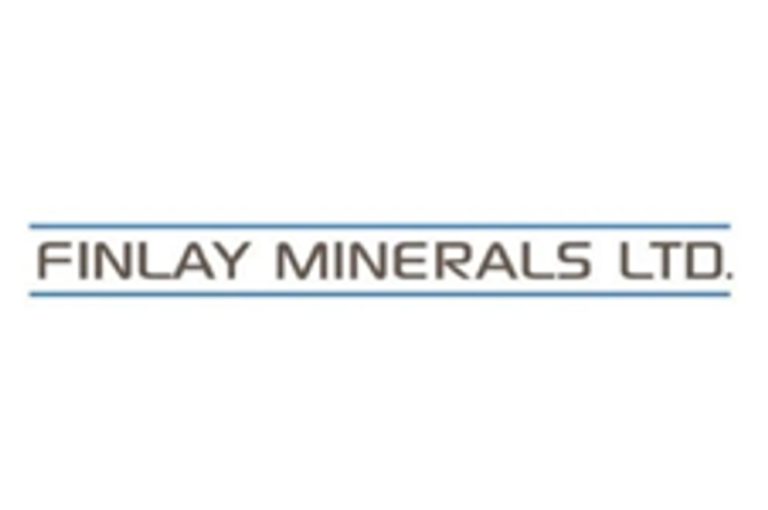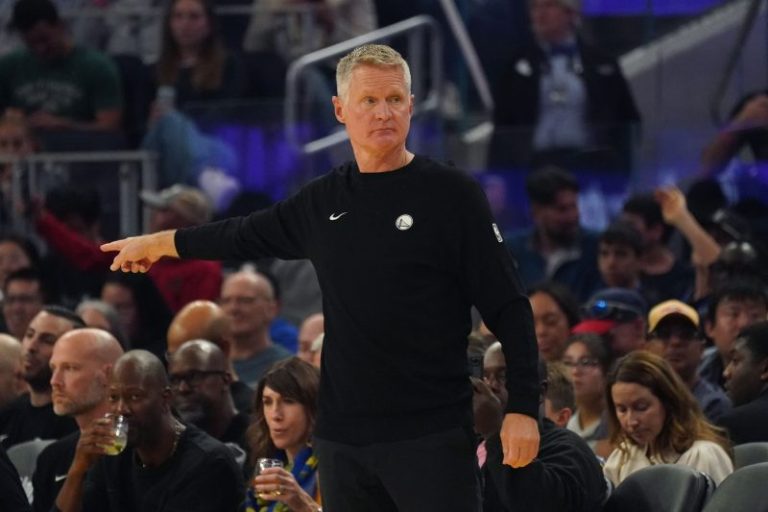ATHENS, Ga. – It’s their own dang fault. They’ve set the bar so high, there’s only one way this could unfold.
With the end of the boogeyman.
Structurally speaking, of course. Because even No. 7 Georgia’s 43-35 thrill-a-minute victory over No. 5 Ole Miss can’t hide the hideous truth.
‘We weren’t dead,’ said Georgia defensive end Jordan Hall. ‘We just needed one stop.’
Said every Big 12 player and coach, ever. And here’s the crazy part: the architect of some of the greatest defenses of the modern era said it, too.
That was Georgia coach Kirby Smart, whose work as defensive coordinator at Alabama and head coach at Georgia over the past two decades redefined the art of stopping the other guy, standing at the podium in the aftermath of this epic volley of last man with the ball wins, struggling to comprehend and explain it all.
‘I always show confidence in our defense,’ Smart said. ‘Which is hard to do now.’
If you think that’s a shocking statement, consider this: but for Georgia’s typical meltdown last month against nemesis Alabama, the Bulldogs and their ungodly example of defense would be unbeaten.
The defense that gave up five touchdowns on Ole Miss’ first five drives, that didn’t force a punt until the fourth quarter, that last month gave up 41 points in a win over Tennessee, is still in position to play for the SEC championship and potentially earn a top-four seed in the College Football Playoff.
With a defense that fits perfectly in the old Western Athletic Conference.
‘We just had to keep scoring points,’ said Georgia tight end Lawson Luckie, who caught three touchdown passes. ‘Every series, score points.’
The one saving grace for Georgia was the Ole Miss defense, which still can’t stop any legitimate offense in a big game — especially away from Oxford. So you get what we got on a perfect, sun-splashed day in the deep south.
Points and touchdowns. All over the joint.
Georgia’s nine drives: field goal, touchdown, touchdown, field goal, touchdown, touchdown, touchdown, field goal, end of game.
Were it not for Georgia finally figuring it out defensively on the final three drives of the game for Ole Miss — or more to the point, Ole Miss simply missing plays that were there for the taking — the official end of Georgia’s defensive dominance would’ve included a devastating loss.
This is the same Ole Miss offense that last week struggled to score 24 points on lowly Washington State. Then the Georgia defense stepped on the field, and it may as well have been one of those Mark Richt era Todd Grantham defenses of long ago, helpless to stop anything and anyone.
Ole Miss failed to score on the final drive of the game, a three-and-out (three drives, no scores) of the worst kind. That’s 11 plays for 13 yards, after torching the Georgia defense for whatever it wanted over the first five drives.
As strange as it sounds, the best friend of the Georgia defense was the Georgia offense, which chewed clock with extended drives that kept Ole Miss off the field. Imagine that, the worst possible scenario for Georgia was its defense on the field ― until it mattered most.
‘We just looked at each other and said, we gotta have it,’ said Georgia linebacker CJ Allen. ‘Just needed one stop.’
Somewhere, all over the NFL footprint, the stars of Georgia past just puked.
Nothing about this Georgia defense remotely resembles past iterations under Smart, defenses that controlled the front with four down linemen, played two safeties high and dared you to throw the ball.
Defenses that set the tone by eliminating the run game, pressuring the quarterback and forcing turnovers. Defenses that made Georgia the boogeyman of college football.
Now Georgia can’t get to the quarterback, and can’t cover a simple hitch throw. To be fair to the defense, Ole Miss quarterback Trinidad Chambliss was masterful at extending plays and finding open receivers.
But there’s no such thing as extending plays on Jalen Carter and Jordan Davis, or Nolan Smith and Travon Walker, or Nakobe Dean and Quay Walker. And that’s kind of the point.
Those elite defenders Smart had stacked and packed on the roster like game day traffic on State Road 316, aren’t around anymore. Whether it’s recruiting misses, or development or players leaving for the transfer portal, this defense can’t dictate games ― much less control them.
The Bulldogs had eight sacks in six games before Ole Miss rolled into town, which is sort of like saying Lake Burton, the 2,800 acre playpen of the rich and famous (and Nick Saban) 90 minutes north of here, suddenly went dry.
If you think that’s bad, the Dawgs have forced six turnovers in seven games. Six.
The two areas that have defined the Georgia defense — and really, the Georgia program — under Smart are all but obsolete. The Dawgs aren’t getting to the quarterback, and aren’t forcing turnovers.
They’re just holding on for their very lives in big games.
At one point in the post-game news conference, an exasperated Smart was asked why the defense played so much man coverage if there were obvious problems in the secondary.
‘(Chambliss) was 12-for-12 against zone (coverage),’ Smart said. ‘I’d rather play man, and hope we can get to 2nd-and-10.’
That’s about as damning a statement as Smart could make. The Dawgs simply don’t have game-changing players on defense, which forces the offense — saved Saturday by tough, overachieving quarterback Gunner Stockton — to be nearly perfect. Or play a defense worse than their defense (see: Ole Miss).
When Georgia isn’t perfect offensively, Tennessee blows a chance to beat the Dawgs for the first time since 2016. Alabama stops a bleed-out by beating Georgia (again), and Georgia needs some funky officiating to beat an Auburn team with a truly pitiful offense.
It’s no secret how it got to this point, how the anchor of all things big, bad Georgia can’t find its footing. How the offense, with Gunner Stockton gutting it out despite an oblique injury and playing the best game of his brief career, now has to save the team in the fourth quarter.
There was a time when the Georgia defense salted away games long before that. When its very presence on the field intimidated everything and everyone.
The next thing you know, a quarterback (Chambliss) who was playing at Division II Ferris State last season, is running around and making plays ― and making the once feared Georgia defense look mighty average.
‘Our margins are small and tight,’ Smart said. ‘If we can run the ball and stop the run, we can win the game. It will just be holy hell to win it.’
Either way, the boogeyman is dead. Long live, the Georgia offense.
Matt Hayes is the senior national college football writer for USA TODAY Sports Network. Follow him on X at @MattHayesCFB.










